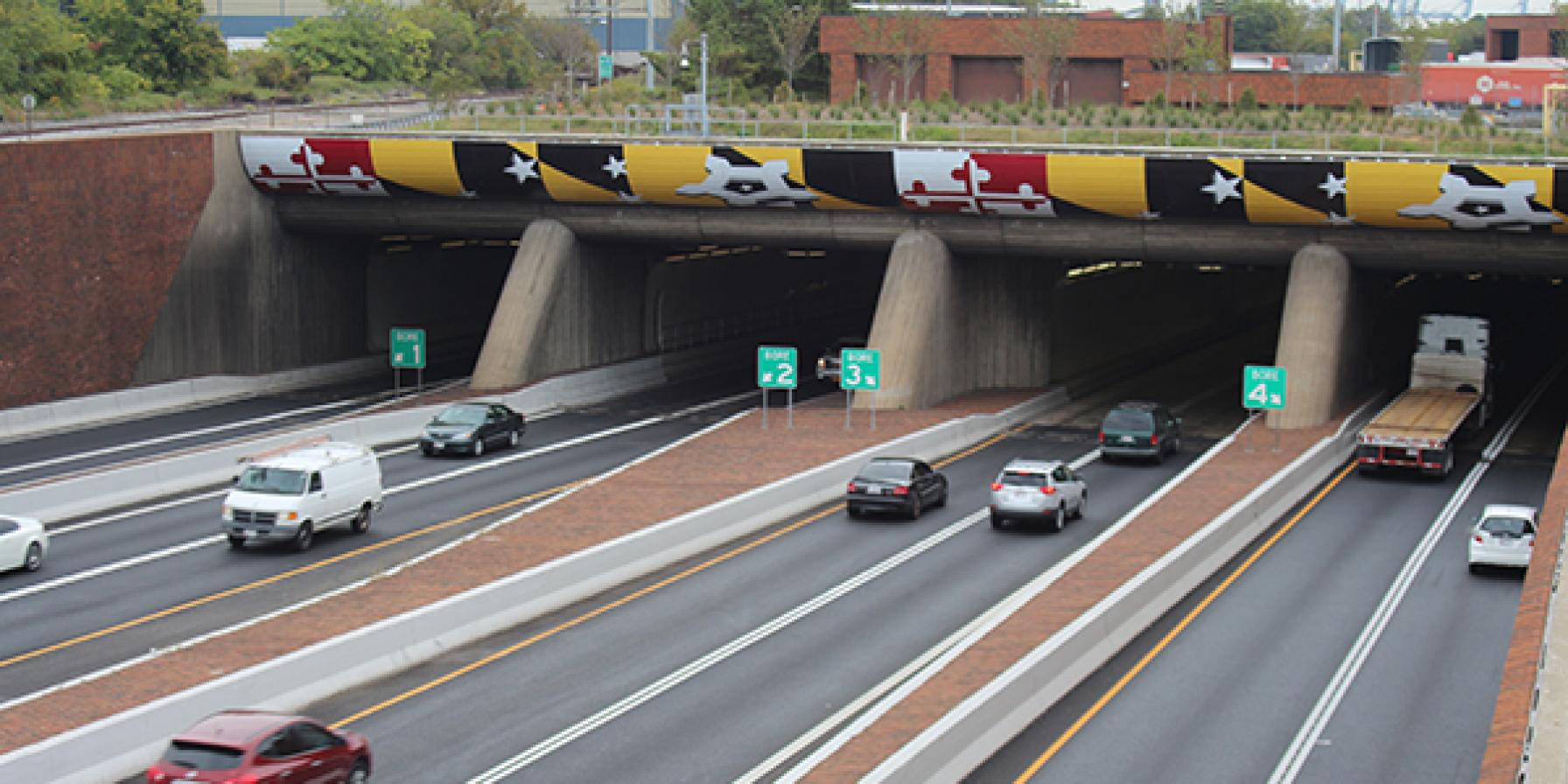- Home
- IBTTA Insights
- Tolling Agencies Bounce Back as Traffic Volumes Begin to Return
Stories
Tolling Agencies Bounce Back as Traffic Volumes Begin to Return


In the midst of this global pandemic, with day-to-day uncertainty, new cases of COVID-19 on the rise in many jurisdictions, President Trump hospitalized, a vaccine still in the making, no one realistically expects the economy to build back quickly. However, traffic volume from U.S. tolling agencies and others around the world is building back steadily.
IBTTA published its most recent round of member data in August, five months after the pandemic lockdowns began. The results showed a resilient, resourceful industry that moved swiftly to respond to an unprecedented challenge, keep employees and customers safe, and keep operations on track.
IBTTA President Samuel Johnson’s comment at the beginning of the pandemic is as relevant now as it was then. “Any tolling agency is first and foremost a part of the community it serves, so our members’ top priority is to do whatever we can to help our customers and employees stay safe and stay well,” he said in March. “We owe it to our communities, our employees and all our other stakeholders to deploy all our creativity, resilience and capacity for innovation to the job of defeating the virus and reversing its devastating economic impact.”
Traffic volumes bounce back
Without exception, IBTTA members’ traffic data in early August showed that “normal” was still a long way away—but volumes at that time were well on their way to recovery.
- The E-470 Public Highway Authority in Colorado saw traffic fall 70.3 percent through early April, but recover to a 36.9 percent decline in early August.
- The Georgia State Road and Tollway Authority reported a 79 percent drop in volume through early April, based on pre-pandemic traffic levels on similar weekdays, recovering to a 53 percent decline in early August.
- Traffic fell 64 percent on the Garden State Parkway and 69 percent on the Jersey Turnpike through early April, before bouncing back to 23 and 27 percent declines in early August.
- The Ohio Turnpike and Infrastructure Commission saw traffic decline 49.4 percent through early April, recovering to a 15.8 percent decline by early August. At the height of the pandemic, passenger traffic was down 70 percent but truck volumes fell only 18 percent.
- The Pennsylvania Turnpike experienced a 63.3 percent decline through early April, before improving to a 22.9 percent decline in early August. CEO Mark Compton projected that revenues would likely return within two years, though traffic may not fully recover for four or five.
- The Port Authority of New York and New Jersey reported a 60 to 65 percent drop-off from 2019 levels through mid-April, but only a 14 percent decline by early August.
- Traffic volumes recorded by the San Francisco Bay Area Toll Authority fell 56 percent through early April, rebounding to a 22 percent reduction as of early August.
- Weekly transactions completed by California’s Transportation Corridor Agencies declined 66 percent in April, but bounced back to a 32 percent drop-off in early August.
Tolling agencies adapt to a new reality
Behind the numbers, tolling agencies pointed to the steps they took to support the community response to the pandemic while maintaining their own business resilience.
Diane Gutierrez-Scaccetti, Commissioner of the State of New Jersey Department of Transportation, reported a powerful sense of shared purpose with long distance truckers that helped keep America’s vital supply lines open and functioning, while giving both parties a renewed sense of how they can reinforce each other’s success.
“By delivering essential goods during the pandemic, truck drivers kept our turnpike going when passenger traffic was down about 70 percent at times,” said Ohio Turnpike Executive Director Ferzan Ahmed. “We continue to operate our turnpike service plazas to make sure truck drivers have clean and safe facilities with amenities like hot showers, laundry, food and beverage.”
“On The Toll Roads, traffic numbers dipped dramatically, with similar impacts to non-tolled roads and transit,” said Johnson, speaking as CEO of the Transportation Corridor Agencies. “From a health perspective, this was positive in keeping people safe, but it created economic challenges for our customers and our business. We have taken steps to address these challenges by offering customers more time to pay, pausing our delinquent violation processes and tightening our expenditures to core needs and Board priorities.”
Agencies also stepped up quickly to prepare for the gradual return of past traffic volumes—and any permanent changes that might be on the horizon.
“We will continue to see a slow but steady increase in trips, toll revenue and unfortunately in congestion, as overall traffic volume levels continue to climb on Metro Atlanta’s highways,” said Georgia State Road and Tollway Authority Executive Director Chris Tomlinson. “We are constantly adapting and improving our operational procedures to enhance the safety and personal interactions within the customer experience to ensure that the quality of services Peach Pass customers receive remain optimum.”
“In a world that will have more telecommuting and some shift of transit riders to driving, we’re in a position where we will be serving a growing number of motorists that travel less frequently,” said Mark Muriello, Deputy Director of Tunnels, Bridges and Terminals for the Port Authority of New York and New Jersey. “Focusing on how we evolve and transform our approach to the business may end up serving us much better than just focusing on how we recover.”
For at least a couple of agencies, the pandemic created an opportunity to advance improvements that were already in the planning stages.
“We learned right off the bat that we could accelerate the transition to all-electronic tolling from five or six years to a year or less,” said Andrew Fremier, Deputy Executive Director of the Bay Area Toll Authority. “The forced move to cashless showed us the public didn’t have any problems with it—they were very receptive, and never missed a beat.”
Learn how new technology and innovation are being implemented to benefit drivers during two days of virtual learning from IBTTA, November 16, and 17. Visit www.IBTTA.org/events for more information coming soon.

Joining IBTTA connects you to a global community of transportation professionals, offering unmatched opportunities for networking, knowledge-sharing, and collaborative innovation in the tolling and transportation sector.
Follow IBTTA on social media for real-time updates on transportation trends and collaborative opportunities.






